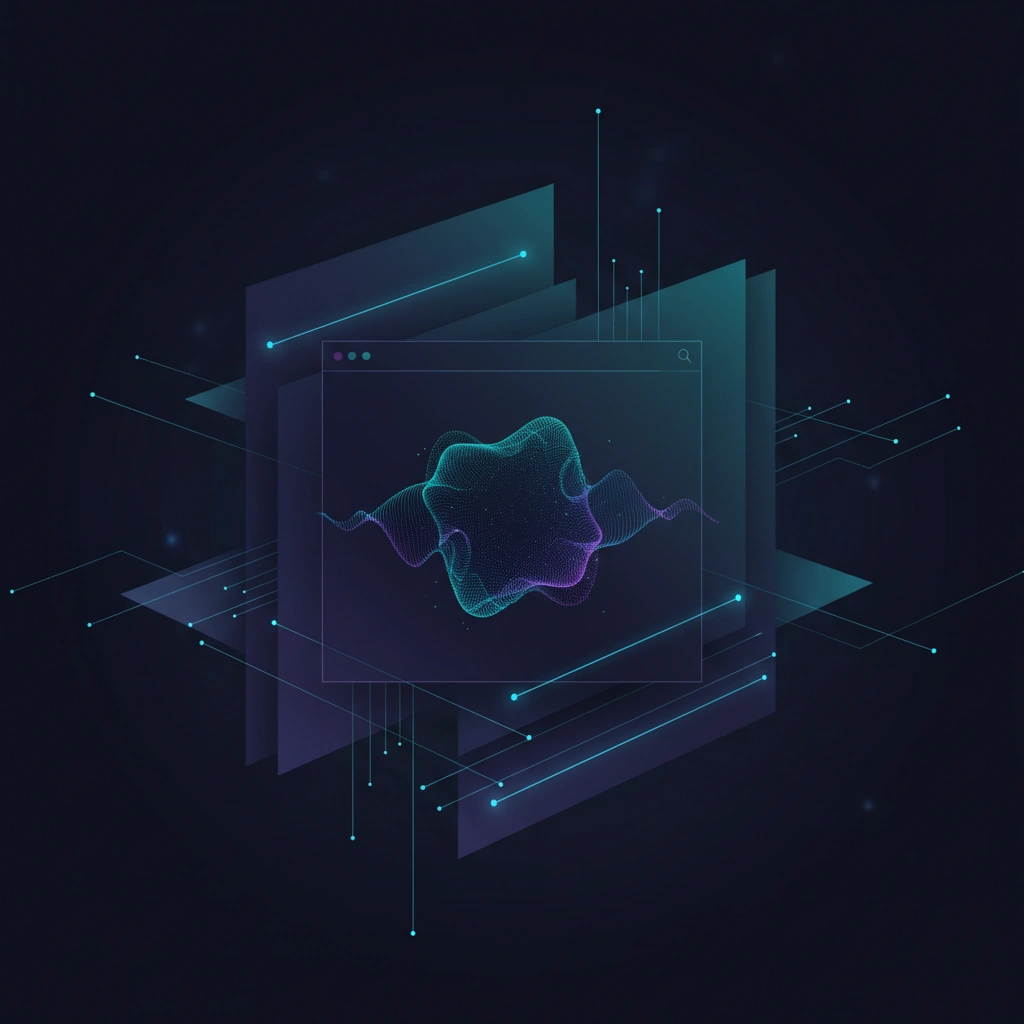Build Your Own AI Video Generation Web App
Learn how to create a web application for AI video generation, from model selection to deployment, with practical implementation strategies for developers.

The democratization of AI video generation has reached a new milestone as developers gain access to increasingly powerful tools and frameworks for building custom video synthesis applications. A comprehensive tutorial from Analytics Vidhya walks through the entire process of creating a video generation web application, marking a significant shift in how accessible this technology has become.
Building a video generation web app requires orchestrating several complex components. At the foundation lies the choice of video generation model - whether leveraging pre-trained models like Stable Video Diffusion, AnimateDiff, or proprietary APIs from services like RunwayML and Pika Labs. Each approach offers different trade-offs between quality, control, and computational requirements.
The technical architecture typically involves three main layers: the frontend interface for user interaction, a backend API server for processing requests and managing the generation pipeline, and the model inference layer where the actual video synthesis occurs. Modern implementations often use frameworks like Gradio or Streamlit for rapid prototyping, though production applications may require more robust solutions using React or Vue.js paired with FastAPI or Flask backends.
One of the most critical challenges in video generation applications is managing computational resources efficiently. Video synthesis is significantly more resource-intensive than image generation, requiring careful consideration of GPU allocation, batch processing strategies, and queue management systems. Many developers are turning to serverless GPU providers like Replicate, Modal, or Banana.dev to handle the infrastructure complexity while maintaining cost efficiency.
The user experience design for video generation apps presents unique challenges. Unlike image generation where results appear in seconds, video synthesis can take minutes. Successful implementations incorporate progress indicators, preview frames, and asynchronous processing with notification systems. Some applications implement tiered generation strategies, first producing low-resolution previews before committing to full-quality renders.
Security and content moderation become paramount when deploying video generation capabilities to end users. The potential for misuse in creating deepfakes or inappropriate content requires robust filtering systems. Many developers are implementing multi-layered approaches: prompt filtering, generated content analysis using computer vision models, and watermarking systems that comply with emerging standards like C2PA for content authenticity.
The integration of video generation with other AI capabilities opens fascinating possibilities. Developers are experimenting with combining large language models for script generation, text-to-speech for narration, and computer vision for scene understanding. These multi-modal applications represent the next frontier in synthetic media creation, where entire video productions can be orchestrated through natural language instructions.
As the tools for building video generation applications become more accessible, we're witnessing a proliferation of specialized use cases. From educational content creation and personalized marketing videos to virtual production previsualization and game asset generation, each domain brings unique requirements that developers must address through custom implementations.
The rapid evolution of video generation technology means that applications built today must be designed with flexibility in mind. Model architectures are improving monthly, with each iteration bringing better temporal consistency, higher resolution, and more controllable outputs. Successful web applications architect their systems to easily swap underlying models while maintaining consistent user interfaces.
This accessibility of video generation technology through web applications marks a crucial inflection point in the synthetic media landscape. As more developers gain the ability to deploy these capabilities, the importance of building responsible, transparent systems that preserve digital authenticity becomes ever more critical.
Stay informed on AI video and digital authenticity. Follow Skrew AI News.



